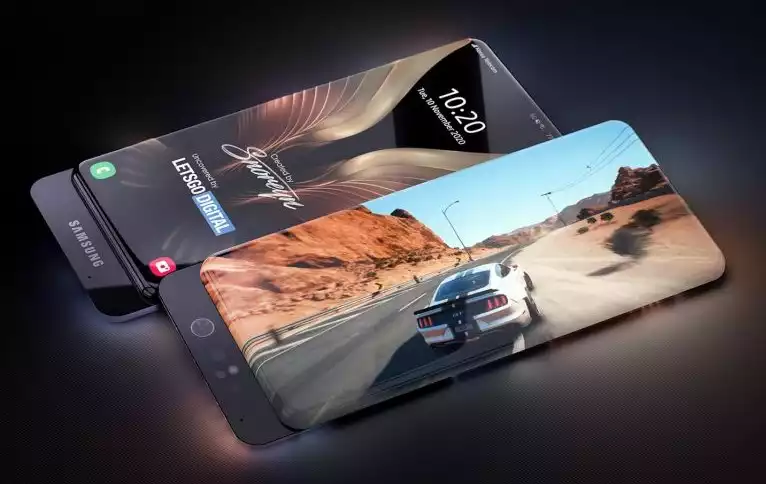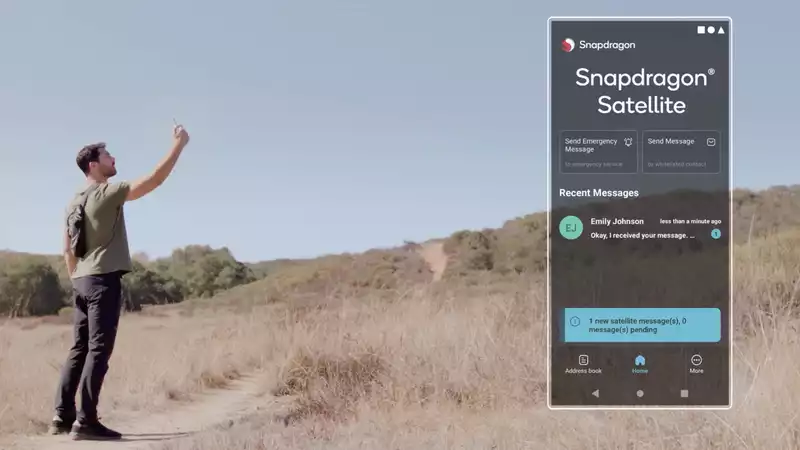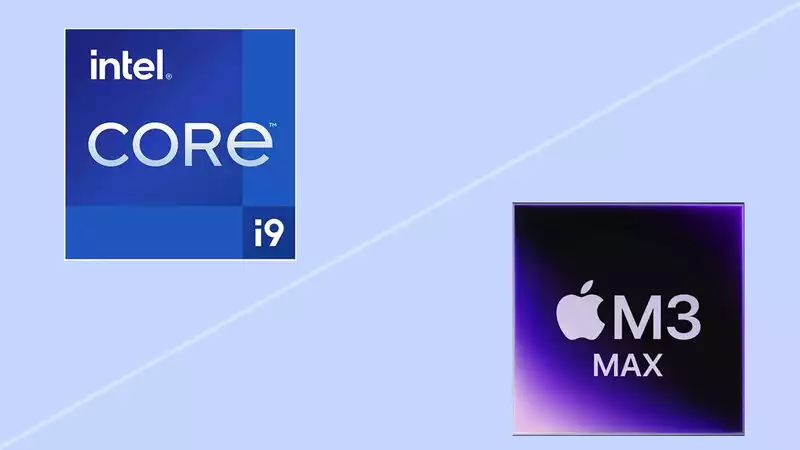Samsung is currently preparing for the launch of the Galaxy S21, rumored to be next January. But elsewhere in the company, designers are working on something truly special.
LetsGoDigital, with the help of a rendering created by Giuseppe "Snorrain" Spinelli, has spotted a new Samsung patent that showcases the idea of a phone with a "surround display" on the front, back, and edge. This display could also slide to reveal the phone's camera.
The patent, simply named "Electronic Device," was granted to Samsung at the end of October. The design is somewhat similar to Xiaomi's Mi Mix Alpha, but more complex.
Foldable is currently the only realistic way to see the new flexible display utilized. However, Samsung has proposed similar technology in this patent to that found in the Galaxy Z Flip and Galaxy Z Fold 2.
One potential implementation indicates that the phone would use multiple displays to cover the surface, while another suggests making it all one continuous display. In this case, the cell phone would consume less power, but would be more versatile.
Above this display is a transparent housing made of acrylic or polymer. Because it is see-through, the display below would essentially allow the phone to be any color it wanted, which would be useful for notifications, weather indications, or to match the color of the display to the environment.
The main components are in the ring of the display, with a support structure to ensure that the panel and the silicon underneath stay where they are supposed to be. These include the eSIM (due to the lack of space for a conventional nanoSIM slot), a fingerprint sensor under the display, and a piezoelectric sensor that acts as a power button.
Similar to Z Fold, which allows users to swap apps between the cover display and main display depending on what they are doing, Samsung intends for content to move seamlessly with the orientation of the device.
The sliding mechanism has been tried before on phones, such as Xiaomi's Mi Mix 3, but it resulted in a rather heavy phone. Still, there was no need for a notch or punch hole for the selfie camera.
In this concept, the back of the phone moves down and the camera array appears on the back of the front part of the phone. Because of the rear display, this means that a pair of sensors can function as both a selfie camera and a rear camera, something seen in foldable handsets such as Huawei's Mate Xs.
There is also talk of an under-display camera on the front of the phone. This is unlike other under-display concepts being worked on by Samsung, Xiaomi, Oppo, and others, and is not for taking pictures. Instead, it is designed to help the phone orient content correctly by detecting the user's position and using the appropriate display accordingly.
Even when inactive, a cell phone can display a screen saver on the main front or rear display, and the side can be used for shortcuts. However, both screens can be used at the same time, allowing, for example, several people to watch a video or play some mobile game without crowding over your shoulder. Alternatively, two screens could display different information about a single topic. In the patent, a video is played on one side and its metadata is displayed on the other.
It is not certain that the patent will ever become an actual product, and even if it does, it will be some time before the concept becomes something that users can actually purchase. As far as this design goes, we would be super happy if Samsung could make this a reality. And since Samsung already dominates the foldable market, it's probably not too much to hope that they will soon be exploring new smartphone horizons to conquer.










Comments